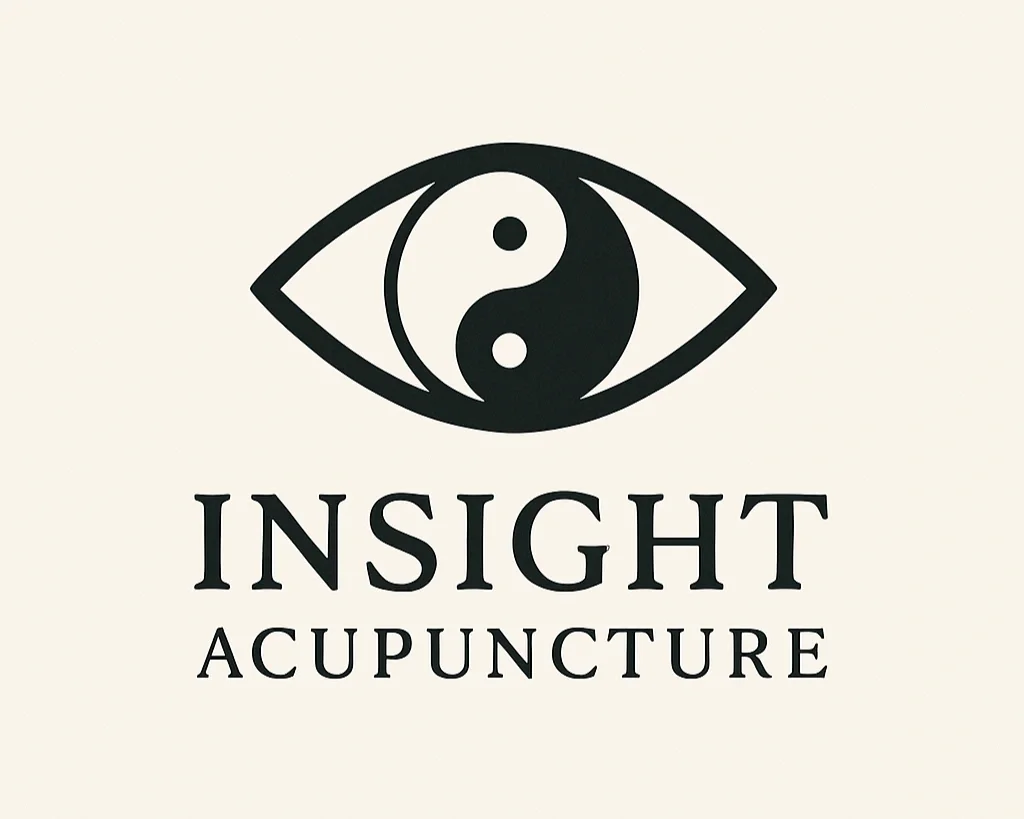Driving and Commuting Tips for Easing Neck and Back Pain
Practical advice from an Iowa City acupuncturist who treats this every week
A lot of people don’t realize how much time they spend in the car until their neck or low back starts hurting. I hear it constantly at Insight Acupuncture. “My neck only hurts when I’m driving” or “the long drive to work is what sets my back off.” It’s extremely common and usually very fixable.
Driving combines awkward posture, minimal movement, jaw tension, shoulder tightening, and seats that rarely match the human body. The result is pain that seems mysterious but actually follows a predictable pattern.
Here are the simple adjustments I teach patients. They work immediately, and you can try them on your next commute through Iowa City, Coralville, North Liberty, or wherever you’re heading.
Start with the seat
The seat angle is the first place to check. A slightly reclined position, somewhere around a gentle lean back, tends to support the spine better than sitting bolt upright. Too upright strains the neck. Too reclined makes your low back collapse.
Make sure your hips are all the way back against the seat. This alone prevents a large amount of low back fatigue. Most people unknowingly perch forward, and the spine has to work overtime to hold them up.
If your car doesn’t have good lumbar support, improvise with a small towel, a hoodie, or a soft cushion. Place it where the natural curve of your low back is. Not too high and not pushing you out of the seat.
Check the headrest. Your head should make light contact without forcing your chin downward. A headrest that pushes the head forward is one of the fastest ways to irritate the neck.
Protect your neck
A cue that helps many of my patients is to gently draw the chin inward and imagine length in the back of the neck. It’s a relaxed position, not stiff or forced.
If you find yourself reaching for the steering wheel, bring the wheel closer. Reaching creates tension through the shoulders, upper back, and jaw. Shoulders should drop away from the ears and stay loose.
The jaw matters more than people expect
Any time the jaw clenches, the neck tightens. Traffic, stress, and long drives make jaw tension worse.
Try resting your tongue on the roof of your mouth and keeping your teeth slightly apart. The jaw softens, the neck releases, and many people notice immediate relief.
Support the pelvis to help the low back
Sitting on anything uneven, like a wallet, phone, or key fob, will rotate the pelvis and irritate the low back. Empty your pockets before long drives.
If your low back aches, gently tilt your pelvis forward so the natural lumbar curve returns. Even a small folded towel under the back of the hips can make a noticeable difference.
Make sure both feet feel supported. On longer highway drives, using cruise control every so often can help the hip flexors relax.
Move a little every so often
You don’t need big stretches. Tiny movements work better while driving.
Every few minutes, especially at stoplights, let your shoulders roll back, loosen your fingers, relax your jaw, and shift your hips a little. These tiny resets improve blood flow and prevent the “frozen” feeling when you step out of the car.
Do a short reset whenever you stop
If you’re on a longer trip, take a moment when you get out of the car. Stand tall, reach overhead gently, move your hips in slow circles, and walk for just half a minute. Finish with a long exhale. This takes less than a minute but resets everything.
When it’s time to get help
If driving always triggers neck or back pain, acupuncture can help calm the irritation, relax overworked muscles, reset movement patterns, and improve posture without forcing anything.
I recommend seeking treatment if you notice any of these patterns
Neck pain that shows up consistently during your commute
Pain between the shoulder blades
Low back pain after fifteen to twenty minutes of sitting
Trouble turning your head to merge or check a blind spot
Headaches after driving
Jaw or TMJ tension that gets worse in traffic
These are some of the most common conditions I treat in the clinic, and they usually improve quickly once we address the underlying tension.
If you’re dealing with neck, back, or jaw discomfort while driving, you can schedule a session anytime.
Don’t worry about sounding professional. Sound like you. There are over 1.5 billion websites out there, but your story is what’s going to separate this one from the rest. If you read the words back and don’t hear your own voice in your head, that’s a good sign you still have more work to do.
Be clear, be confident and don’t overthink it. The beauty of your story is that it’s going to continue to evolve and your site can evolve with it. Your goal should be to make it feel right for right now. Later will take care of itself. It always does.

